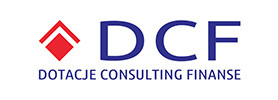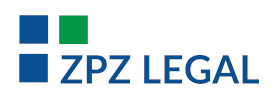The success of remote working during the pandemic has led to many businesses adopting a hybrid approach. While this provides benefits in flexibility, balancing the demands of home-working and office working is proving stressful for individuals.

This comes as a time when the accounting industry is already facing a mental health crisis, with just 2% of employees unaffected by stress, according to a pre-pandemic study by the Chartered Institute of Professional Development. When you add the extra psychological load imposed by hybrid-working expectations, employees are at greater risk of burning out.
What is hybrid burnout?
Returning to on-site work while continuing to work remotely are both uniquely stressful activities. Office-based work often requires a commute that may seem more exhausting than ever, while the social stresses of a busy workplace may feel more emphatic than they used to. Meanwhile remote working can encourage an unhealthy ‘always-on’ culture.
Juggling both forms of work is leaving many with a ‘hybrid headache’: they endure the stresses of both approaches and the disrupted routines of splitting time between the office and home. But where chronic workplace stress is not successfully managed, the risk of burnout rises sharply.
Juggling both forms of work is leaving many with a ‘hybrid headache’
An absence of healthy hybrid habits can lead to a heightened stress state, impacting physical and mental wellbeing. An inability to switch off from ‘fight or flight’ mode leads to both physical and mental ill health, including anxiety and depression.
Unhelpful cycles can then develop. Ill health negatively impacts work performance and productivity, leading to further stress and often overworking. This can drive unhelpful behaviour such as leavism (taking leave to catch up on a backlog of work) and presenteeism (at work for long hours but not productive), adding fuel to the fire and preventing individuals from making positive changes.
Without the right support and guidance from employers, individuals may get trapped in spirals of negative thoughts and unhelpful actions that worsen health, leading to negative outcomes for the individual and the business.

Pozostałe 63% artykułu dostępne jest dla zalogowanych użytkowników serwisu.
Jeśli posiadasz aktywną prenumeratę przejdź do LOGOWANIA. Jeśli nie jesteś jeszcze naszym Czytelnikiem wybierz najkorzystniejszy WARIANT PRENUMERATY.
Zaloguj Zamów prenumeratę Kup dostęp do artykułuMożesz zobaczyć ten artykuł, jak i wiele innych w naszym portalu Controlling 24. Wystarczy, że klikniesz tutaj.










